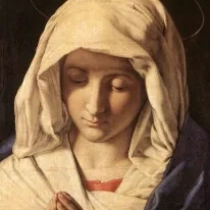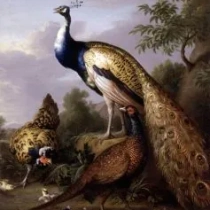Sketch Two Nautch Girls
The painting, created in the 19th century, captures the essence of Orientalism, a prevalent theme in Western art during this period. Weeks, an American artist renowned for his Orientalist paintings, showcases his adeptness at capturing the exotic and romanticized settings of the East.
In "Sketch Two Nautch Girls," Weeks depicts two Indian Nautch girls, known for their traditional dance performances and entertainment in South Asia. The artist skillfully portrays the intricate costumes, expressive gestures, and captivating gazes of the two dancers, transporting the viewer to a world of opulence and mystique.
Weeks' use of color and light enhances the vibrancy of the scene, with rich, jewel-toned fabrics and intricate embellishments adding to the allure of the composition. The careful attention to detail in the rendering of the girls' attire and surroundings demonstrates Weeks' dedication to authenticity in his portrayal of Eastern cultures.
The painting not only serves as a visual spectacle but also offers a glimpse into the colonial fascination with the exotic "other." Weeks' portrayal straddles the line between admiration and exoticization, reflecting the complexities of Orientalist art and its impact on cultural perceptions.
Despite the criticism surrounding Orientalism, "Sketch Two Nautch Girls" stands as a testament to Weeks' artistic skill and his ability to capture the imagination of viewers through his romanticized interpretations of Eastern subjects. The artwork invites contemplation on the intersections of art, culture, and representation, making it a compelling piece in the context of art history.
In conclusion, "Sketch Two Nautch Girls" encapsulates Weeks' mastery of Orientalist themes, offering a tantalizing portrayal of exoticism and cultural fascination. The painting remains a testament to the enduring allure and controversy of Orientalist art in the broader context of art historical discourse.







No Comments Yet...